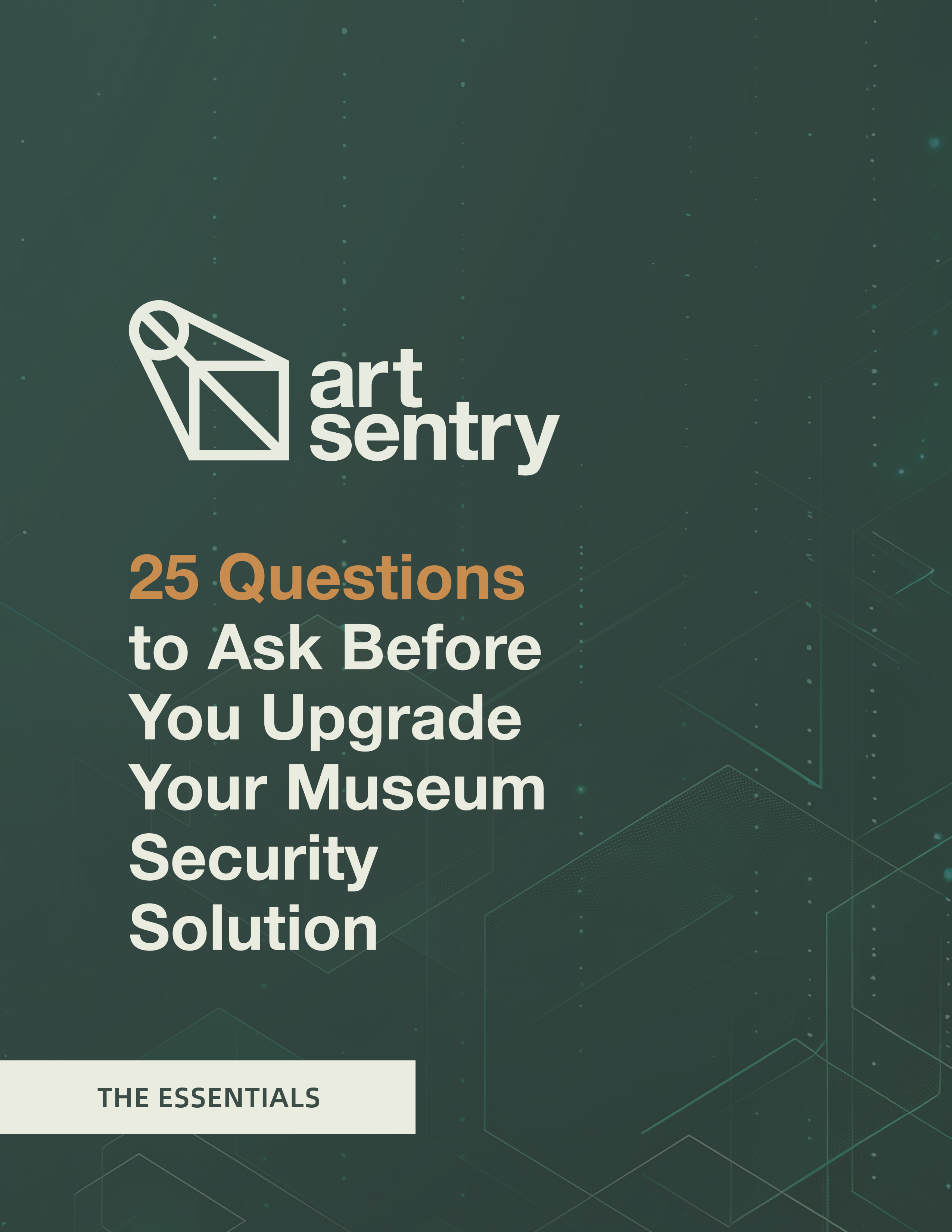Hybrid Model Deployment at a leading American Art Museum to Advance Diversity, Equity, Accessibility, and Inclusion (DEAI)
Value Summary
Through the implementation of the practices described in this article the Museum* has realized the following benefits:
- Improvement in visitor satisfaction scores, equity, and the creation of a more inclusive environment.
- Improved collection security including a dramatic improvement in response time to security-related proximity alarms and emergencies.
- Cost savings by security forces having complete visibility to all galleries, covering more galleries effectively, and satisfying certain line-of-site lending requirements without adding more personnel.
- Creating a new personnel category “Visitor Engagement Representatives” with more duties and responsibilities. These job duties improve employee morale and increase retention rates.
“The goal of providing an inclusive and equitable environment for visitors is paramount” says the Director of Security at a leading American Art Museum. Nationwide, museums are attempting to achieve environments that protect the visitor’s experience. Unfortunately, all too often we hear complaints about security officers’ bias or perceived bias from visitors causing them to feel uncomfortable or worse yet, threatened. The feeling of being targeted or profiled can quickly turn into a public relations nightmare.
In our system, “private corrections” alert visitors who get too close to artwork. The unbiased, bodiless voice protects the exhibition while preventing visitors from feeling targeted or profiled. Through Art Sentry’s analytics, protection zones, and audible messaging, visitors have an unencumbered experience with the art; they are now able to engage safely without unnecessary security officer interactions.
As part of this evolution, we now allow security personnel to wear clothing that allows for individual expression. By removing the formality of blazers and khakis, security officers are more approachable, creating a space that maximizes visitor comfort and reduces intimidation. We are proud to broaden accessibility to the museum’s remarkable collection through these innovative approaches.
– Museum Security Director
Hybrid Security Model Development
The Director of Security and the Museum’s team developed a multifaceted strategy to address the challenge of providing an inclusive and equitable environment for visitors while protecting the collection.
- The immediate deployment of the Art Sentry system and speakers in all galleries to provide an audible private correction when a visitor violated a museum proximity policy. These audibles do not discriminate or single out any individual or group for reprimand.
- The Museum worked closely with Art Sentry on a comprehensive iPad application allowing each VER carrying these devices to view all cameras and immediately respond to threats within the galleries on their assigned posts. With this additional visibility, security officers could decide not to enter a gallery unless a threat was perceived, further lessening the possibility of guests feeling uncomfortable during their visit.
- Formal officer uniforms were replaced allowing the officers to wear clothes to display individual expressions.
- The iPad hardware has been leveraged further to store information on the permanent collection and special exhibitions the VERs use to answer questions while engaging the visitors. Additional applications have also been developed enabling the VERs to assist with retail transactions if the gift shop line becomes too long during busy times.
- Improvement in visitor satisfaction scores, equity, and the creation of a more inclusive environment.
- Improved collection security including a dramatic improvement in response time to security-related proximity alarms and emergencies.
- Cost savings by security forces having complete visibility to all galleries, covering more galleries effectively, and satisfying certain line-of-site lending requirements without adding more personnel.
- Creating a new personnel category for visitor engagement representatives with more duties and responsibilities. These job duties improve employee morale and increase retention rates.

